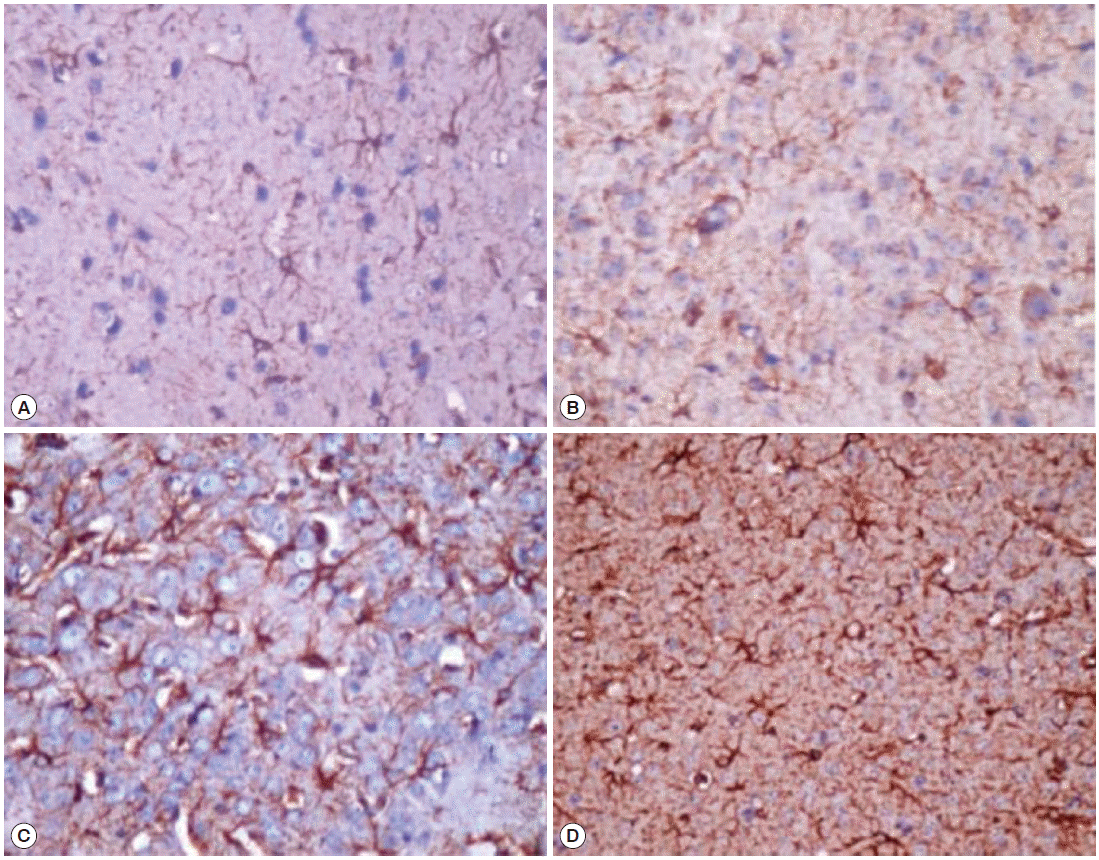1. Fillaux J, Magnaval JF. Laboratory diagnosis of human toxocariasis. Vet Parasitol 2013;193:327-336.


2. Finsterer J, Auer H. Neurotoxocarosis. Rev Inst Med Trop São Paulo 2007;49:279-287.

3. Taylor MR, Keane CT, O’Connor P, Mulvihill E, Holland C. The expanded spectrum of toxocaral disease. Lancet 1988;1:692-695.


4. Barsoum RS. Parasitic infections in transplant recipients. Nat Rev Nephrol 2006;2:490-503.


6. Derouin F. Parasitic infection in immunocompromised patients. La Revue du Praticien (Rev Prat) 2007;57:167-173 (in French).

7. Goettsch W, Garssen J, De Gruijl FR, Van Loveren H. UVB-induced decreased resistance to
Trichinella spiralis in the rats is related to impaired cellular immunity. Photochem Photobiol 1996;46:581-585.

8. Faz-López B, Ledesma-Soto Y, Romero-Sánchez Y, Calleja E, Martínez-Labat P, Terrazas LI. Signal transducer and activator of transcription factor 6 signaling contributes to control host lung pathology but favors susceptibility against Toxocara canis infection. Biomed Res Int 2013;2013:696343.
9. Abo El-Asaad IA, Eid MM, El-Marhoumy SM, Eissa TM. The effect of immunosuppression on the course of experimental toxocariasis (immunological and histopathological study). New Egypt J Med 1994;11:165-170.
10. Al-Nuaimy WM, Saeed LG, Al-Hafidh HA. The role of glial fibrillary acidic protein (GFAP) in the diagnosis of neuroepithelial tumors. Jordan Med J 2010;4:466-475.
11. Nutt CL, Betensky RA, Brower MA, Batchelor TT, Louis DN, Stemmer-Rachamimov AO. YKL-40 is a differential diagnostic marker for histologic subtypes of high-grade gliomas. Clin Cancer Res 2005;11:2258-2264.


12. Holland CV, Hamilton CM. The significance of cerebral toxocariasis: a model system for exploring the link between brain involvement, behaviour and the immune response. J Exp Biol 2013;216:78-83.


13. el-Ridi AM, Abou-Ragab HA, Ismail MM, Shehata MM, Ramadan ME, Etwa SE. Effect of some drugs on some histopathological and immunological aspects of experimental trichinosis in albino rats. J Eygpt Soc Parasitol 1990;20:99-104.

15. Sanad MM, Al-Furaeihi LM. Effect of some immunomodulators on the host-parasite system in experimental hymenolepiasis nana. J Egypt Soc Parasitol 2006;36:65-80.

16. El-Kowrany SE, Abd-El-Ghaffar AE, Ghoraba HM. Experimental heterophyiasis. The effect of immunosuppression on the course of the disease. Egypt J Med Sci 1996;17:481-497.
17. Budovsky A, Prinsloo I, El-On J. Pathological developments mediated by cyclophosphamide in rats infected with
Trypanosoma lewisi. Parasitol Int 2006;55:237-242.


18. Liao CW, Cho WL, Kao TC, Su KE, Lin YH, Fan CK. Blood-brain barrier impairment with enhanced SP, NK-1R, GFAP and claudin-5 expressions in experimental cerebral toxocariasis. Parasite Immunol 2008;30:525-534.


19. Othman AA, Abdel-Aleem GA, Saied EM, Mayah WW, Elatrash AM. Biochemical and immunopathological changes in experimental neurotoxocariasis. Mol Biochem Parasitol 2010;172:1-8.


20. Eid MM. Immunopathological study on the brain in mice experimentally infected with Schistosoma mansoni. M.Sc. Thesis. Tropical Medicine Department, Faculty of Medicine, Tanta University, Egypt. 1994.
21. James P, Emma E, Jon G. Monitoring reactive gliosis in 3-dimentional astrocyte cultures; a model of spinal cord damag. In Neuroscience 2008, the 38th annual meeting of the Society for Neuroscience; 2008. 9-15.
22. Liberto CM, Albrecht PJ, Herx LM, Yong VW, Levison SW. Pro-regenerative properties of cytokine-activated astrocytes. J Neurochem 2004;89:1092-1100.


23. Stein ML, Munitz A. Targeting interleukin (IL) 5 for asthma and hypereosinophilic diseases. Recent Pat Inflamm Allergy Drug Discov 2010;4:201-209.


24. Yamaguchi Y, Matsui T, Kasahara T, Etoh S, Tominaga A, Takatsu K, Miura Y, Suda T. In vivo changes of hemopoitic progenitors and the expression of interleukin 5 gene in eosinophilic mice infected with
Toxocara canis. Exp Hematol 1990;18:1152-1157.

25. Hamilton CM, Brandes S, Holland CV, Pinelli E. Cytokine expression in the brains of
Toxocara canis-infected mice. Parasite Immunol 2008;30:181-185.






